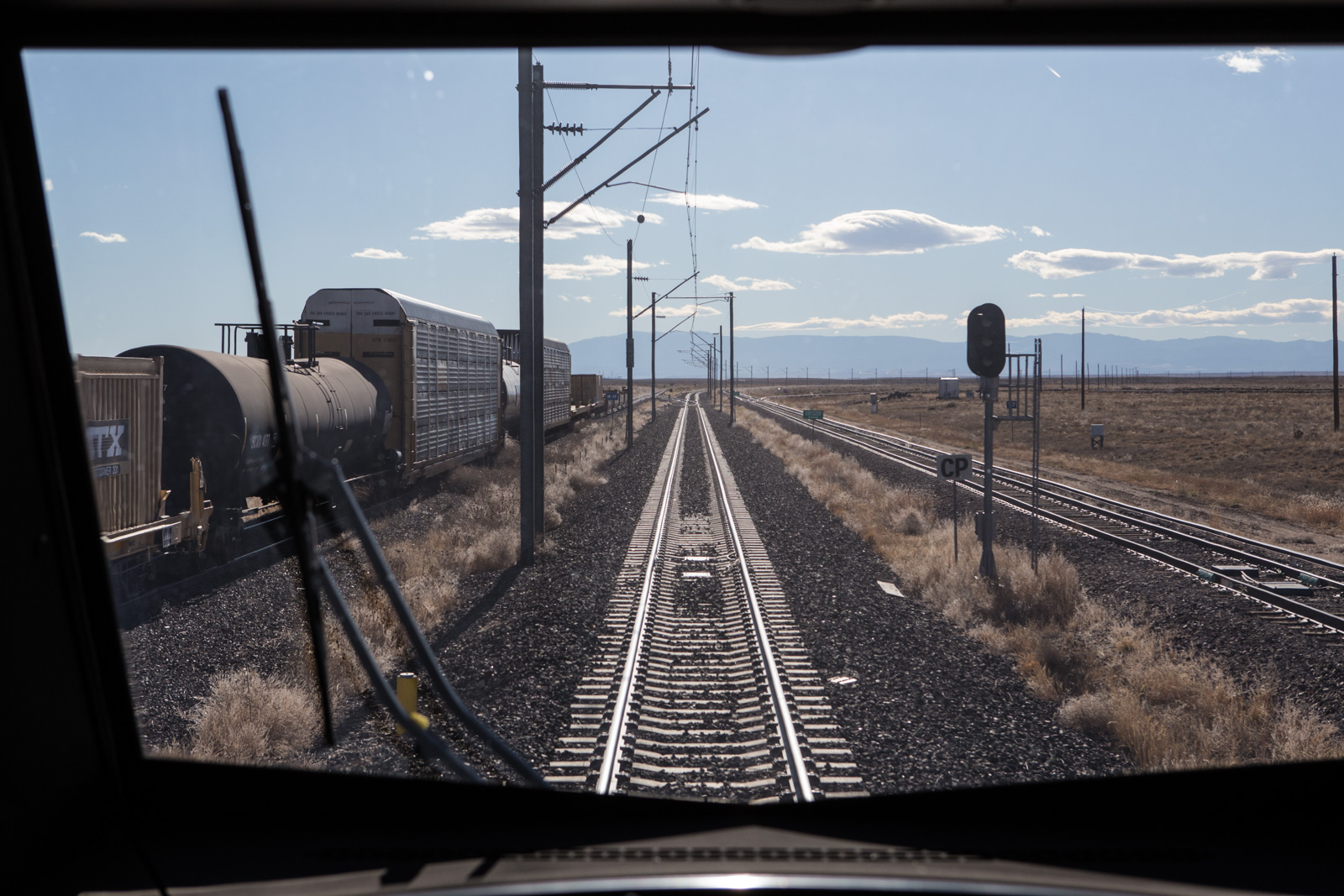
PUEBLO, Colo. — For 50 years the Transportation Technology Center, owned by the Federal Railroad Administration, has been North America’s testing grounds for railroad research, innovation, and development. Built in the 1970s as the High Speed Ground Test Center, it expanded to encompass transit and freight rail. Its 30,000 acre campus includes an array of test equipment and some 50 miles of test tracks, including an electrified high speed loop good for 165 mph.
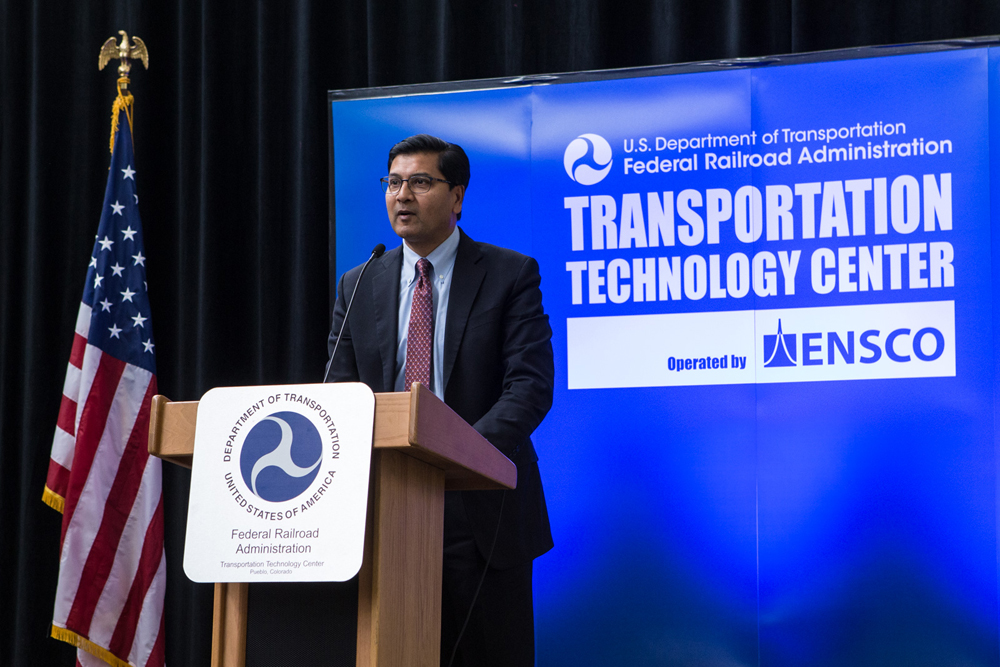
From 1982 to 2021, the facility was operated under contract by a subsidiary of the Association of American Railroads, a trade group which represents the Class I railroads and many smaller carriers and sets a variety of interchange and communication standards. Under the public-private partnership, created to save the site from closure under budget cuts, the contractor gains full use of the facility alongside the FRA, and the financial responsibility for maintenance.
In March 2021, the site’s operating contract was awarded to technology company ENSCO [see “New operator of Colorado’s Transportation Technology Center …,” Trains News Wire, May 9, 2022]. The former operator, now known as MxV, is building a new test facility just a few miles south of the TTC on a disused Army base [see “MxV Rail begins work on rail test loop,” News Wire, May 23, 2022].
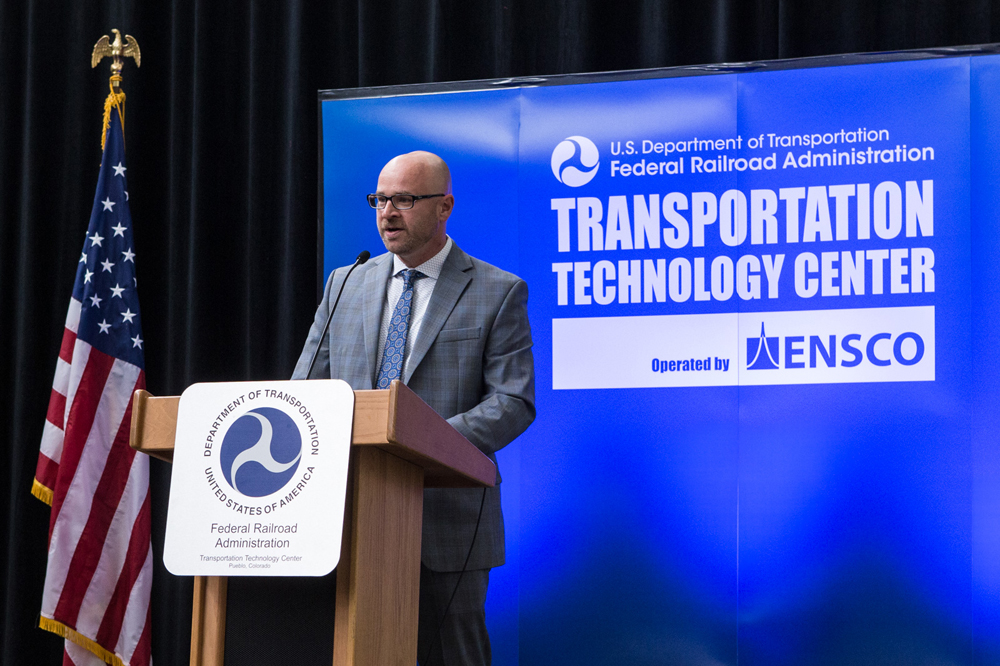
In a Tuesday, Oct. 25, event marking the anniversary, ENSCO and the FRA highlighted plans to modernize the facility. Among those in attendance were FRA Administrator Amit Bose, who reflected on the site’s history, from a 1974 world speed record set by a linear induction motor-driven vehicle known as the LIMRV to crash tests which improved passenger train windows and dining car tables. The facility serves both passenger operators, having certified both generations of Amtrak’s Acela trainsets, and freight. The High Tonnage Loop can stress-test track and railcars to the tune of one million gross tons per day by repeatedly running a 110-car coal train around one of two loop tracks. Bose said that he is excited to expand government use of the facility, including kicking off a new grade crossing safety research project and partnering with other agencies.
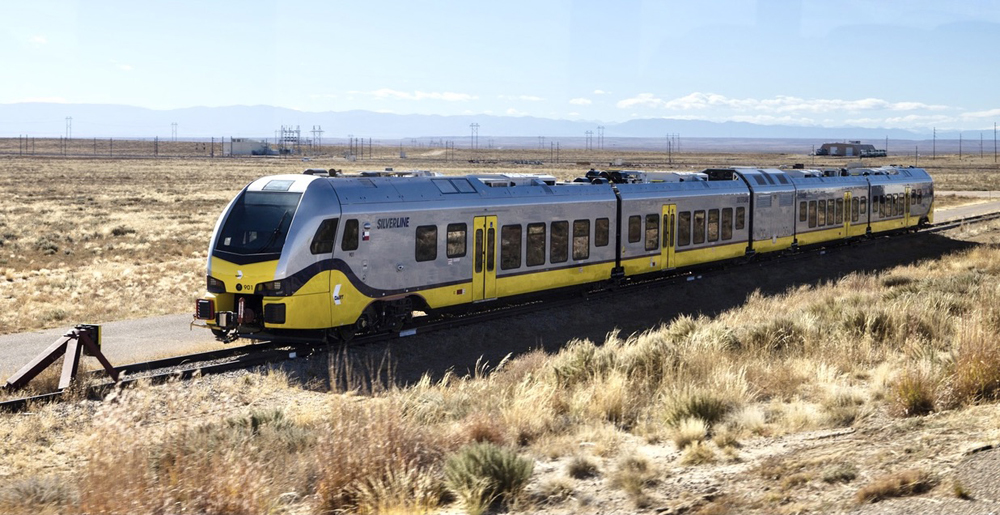
One such partner is the Transportation Security Administration, which in addition to its most visible role, airport security, is also responsible for rail and pipeline security. Melvin Carraway, a regional security director at the agency, said the TTC has hosted training for his agency for 12 years in subjects including explosive detection and cybersecurity. Several speakers emphasized that the future of the site isn’t just rail-related. Some of the TSA’s cybersecurity training has been for pipeline operators, a need highlighted by the May 2021 Colonial Pipeline cyberattack, which led to major gasoline shortages in the southeastern U.S.. While many event attendees were associated with railroads, suppliers, or government, ENSCO President Jeff Stevens noted that trucking industry representatives and HyperloopTT were also in attendance.
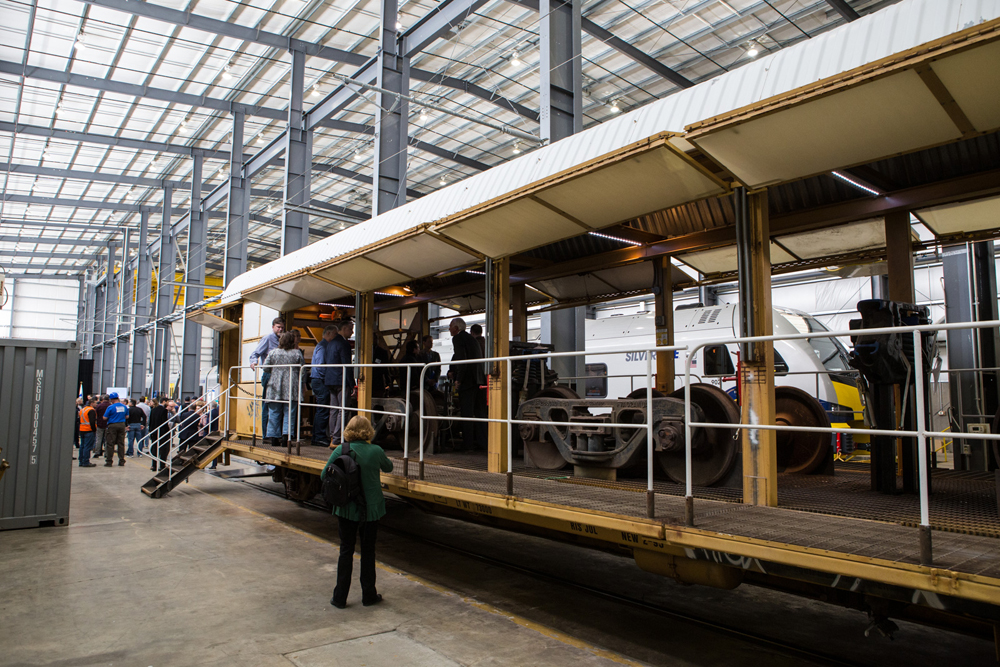
Another partner at the partnership- and acronym-heavy facility is the Center for Surface Transportation Testing and Academic Research, or C-STTAR. This consortium of eight research universities around the country will use the TTC as the testing grounds for their own research programs, with tests designed and interpreted by each university but carried out by CSU Pueblo students in cooperation with ENSCO.
The most visible use of the TTC remains the testing and certification of new trains. The facility is currently testing FLIRT diesel multiple units built by Swiss manufacturer Stadler for Dallas Area Rapid Transit, one of which was parked beside the ceremony stage in the high bay of the Passenger-Rail Services Building. Stadler US CEO Martin Ritter spoke about how research at the center has enabled improvements to equipment like the DART trainset. The 267-foot train uses crash energy management to safely enable lightweight aluminum construction and weighs only as much as a single locomotive. Its center power unit is currently powered by diesel engines but can be swapped in the future to use batteries or hydrogen fuel cells.
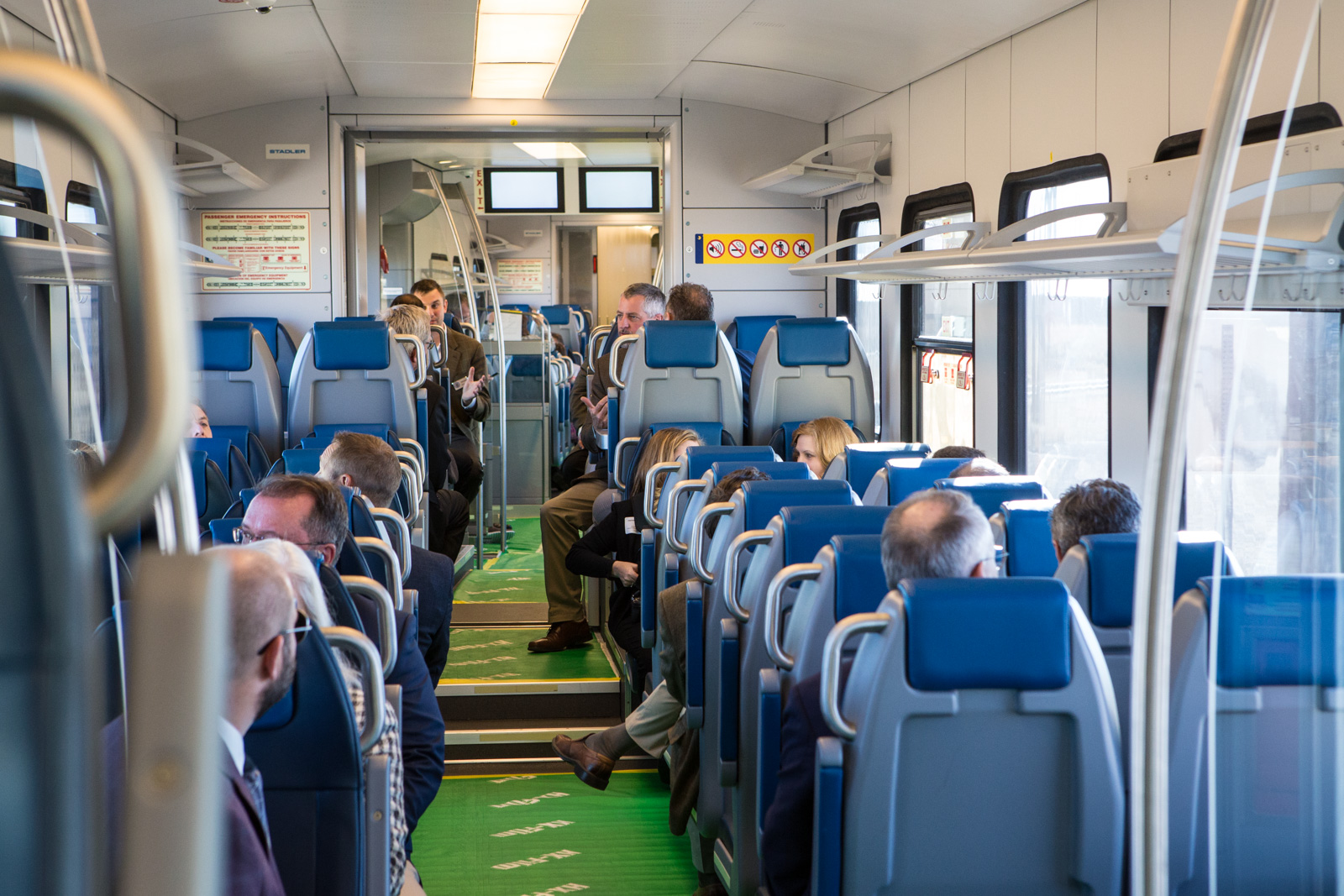
The ceremony concluded with a ride aboard the DART train; ENSCO’s Matt Dick, chief of strategy and development, told Trains it was the first public ride on a test train at the facility since European high speed trains were tested in Pueblo in the 1990s. Crowded with excited attendees, the surprisingly quiet train rapidly accelerated to 79 mph.
Bose spoke about the future of the TTC at a dinner reception that evening in downtown Pueblo, saying Congress was supporting FRA research and development with $66 billion in funding over the next five years. Bose touted a small provision of the Bipartisan Infrastructure Bill which allows the FRA to make improvements to the facility, not just maintain it. “We look forward to another half-century of innovation and transformation,” Bose said.
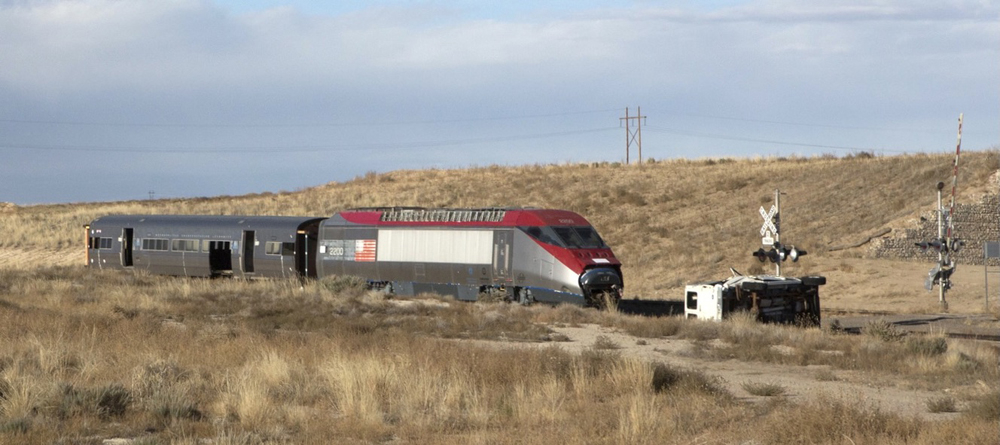
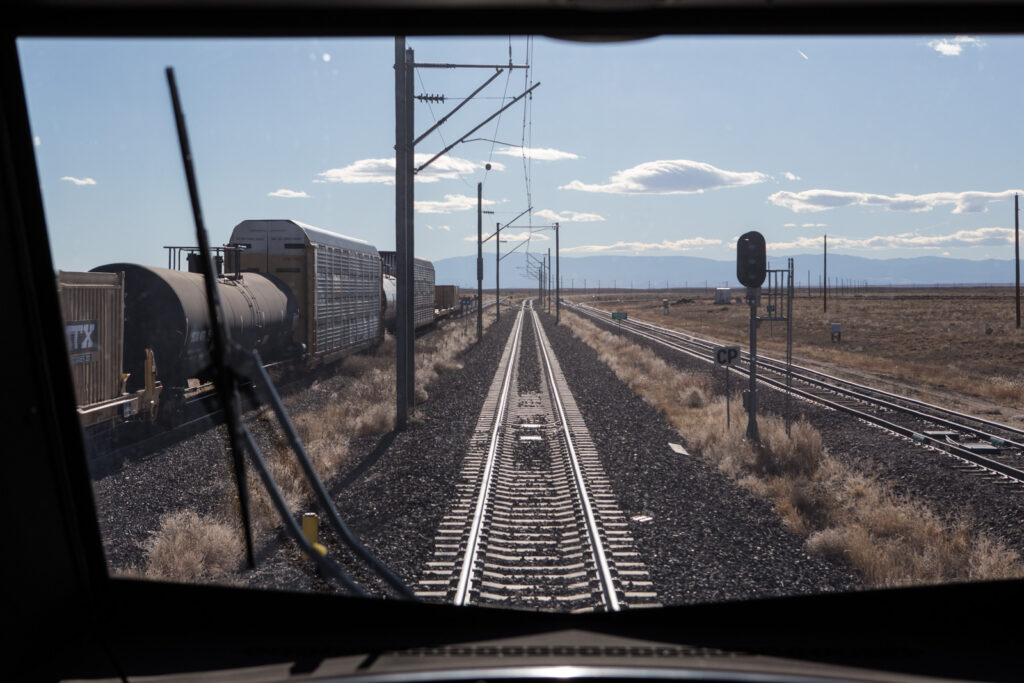

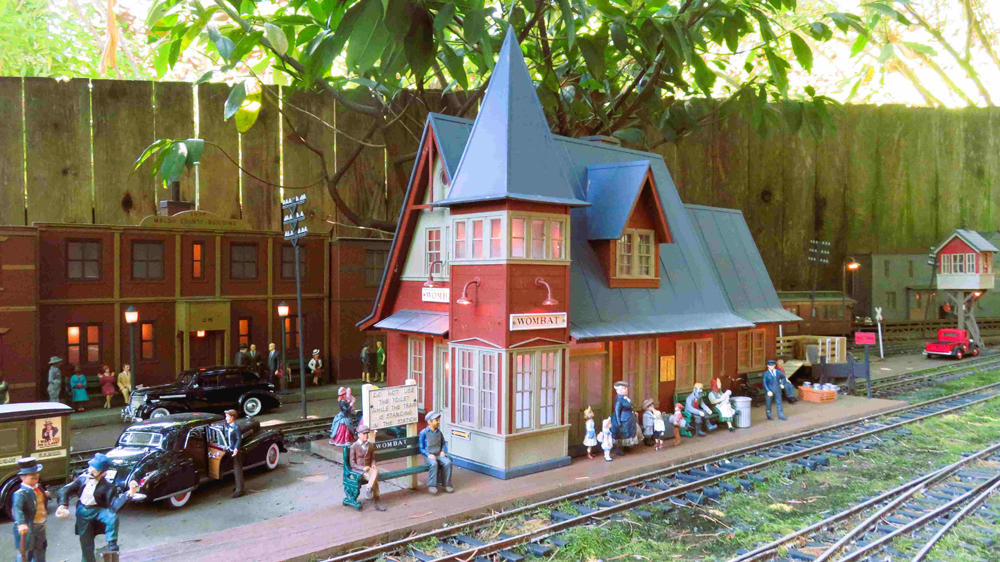

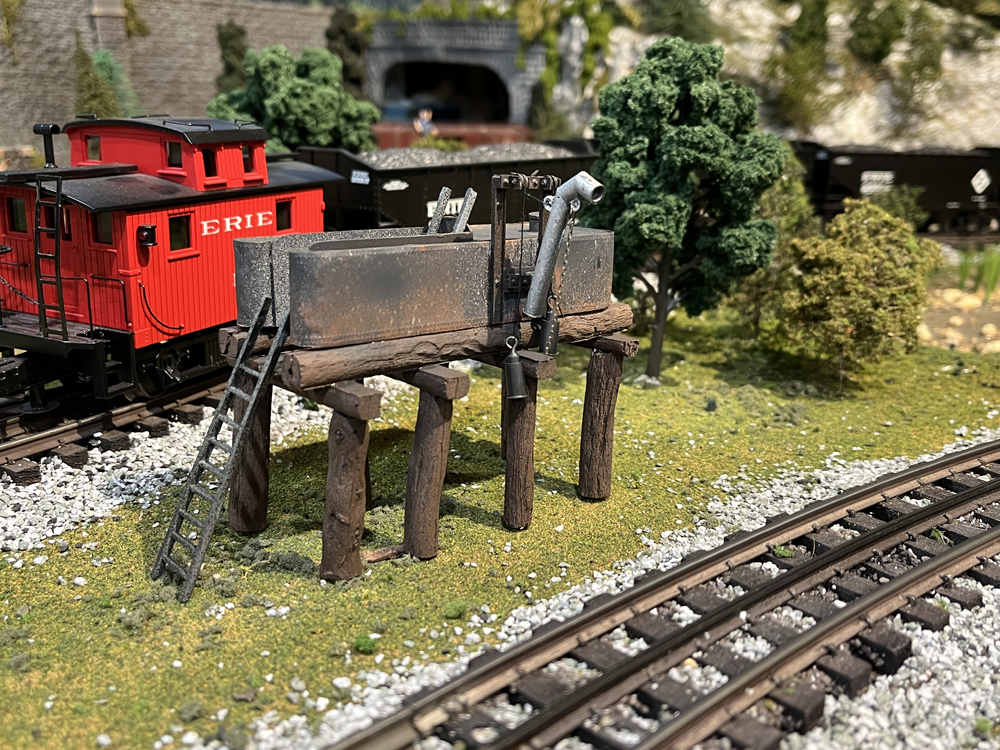
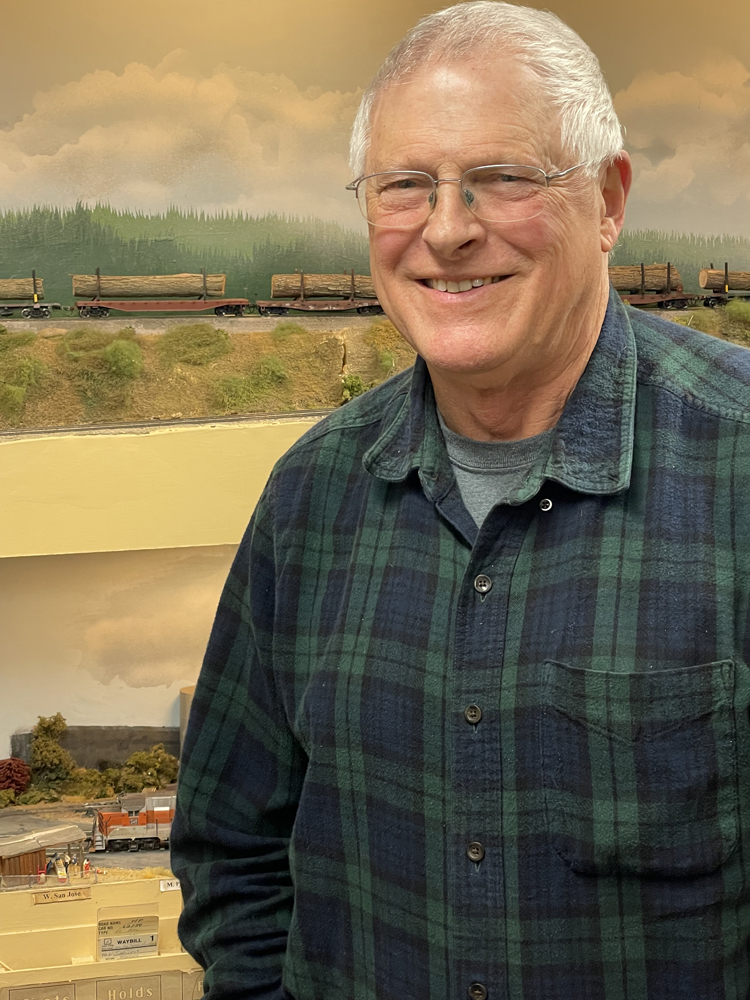




I really appreciate your response. Even with all the wide reading I do, most of it is mainly rehash of the public relations releases and not the important backside of the issues and reasons for decisions. I suspected this but never saw it.
Howard,
The Department of Transportation wanted to expand the use of the existing facility to include non-rail things such as trucks, pipelines, transportation security and a greater emphasis on passenger equipment. After ENSCO got the contract, the AAR decided that they needed a facility that could continue the strong focus on testing for the freight railroad industry which in recent years had been a major source of business. When AAR announced that they would begin searching for a location to establish their own facility, the city and county of Pueblo made a generous offer of facilities that were not being used in the city’s industrial park. AAR’s TTCI was a major employer in Pueblo County with a lot of the jobs being higher paying college degree positions, so there was an incentive for the community to keep those jobs in town. As a result, most of the old TTCI employees have stayed with the AAR under the new MxV Rail company.
Can anyone explain the plan to build the second test facility as the management has changed?
John,
I have been retired from TTCI (AAR) for nearly 10 years now, but I can say the answer to some of your questions would be yes. There was one section of track that may have looked nice and well ballasted but was set up with a series of perturbations which would cause rocking and lateral sway for testing suspension performance. There was a loop that had severe, twisting curves. In addition to the track, TTCI’s wheel trueing machine could be set up to turn a car’s wheels to simulate worn wheel profiles that also would affect car suspension performance.
The high tonnage loop was used to test the performance of samples of rail components by running a loaded train of 110-ton cars for weeks on end. At one point there was a steel girder bridge that was about 100 years old installed in the loop. It was a common design that was used all over the country. It was installed with additional supports with an 3/4-inch gap underneath so if it failed it would not collapse under the train.
One case stands out in my mind was when several freight car truck bolsters from the same foundry failed in a short period of time. Thankfully they resulted in minor derailments, but the industry was concerned. Sample bolsters were tested on the fatigue test machine at TTCI and it was found there were quality control issues combined with a weak design detail. This resulted in an industry recall of all of the bolsters before a major accident could happen.
In addition to testing going on at TTCI, test engineers often took instrumented equipment and conducted testing on railroads in actual revenue service.
Excellent feedback Mr. Powell.
Information of which is not easily found, presented or discussed (by my limited range) in the public domain. I certainly look forward to seeing yet more findings and discoveries made by the TTCI at their facilities.
I hope that the TTCI will continue to be responsive to the operational changes that the economics of modern railroading bring to the ecosystem, and continue to expose limitations, not only of the suppliers, but of the host railroads as well.
I always see new equipment and new rails in perfect condition, but I never see impaired ROW test loops or see used equipment pulled from the national pool for testing.
I would like to think that a rail test center would also want to reproduce not just the new, but also a sample of the current to see how the models and predictive data is holding up. Don’t wait for a public derail or catastrophe to unfold before you check against the baselines.
Exactly how much data has the TTC collected on the running of PSR type consists? Does it accelerate rail fatigue? What about knuckle and drawbar stress when a consist 3 miles long runs on a irregular ROW for hours on end?
There is probably a larger in-depth Trains article into the events of 2021 that saw the introduction of ENSCO and creation of MxV. I would be particularly interested in the evolution of focus at both locations. I am most familiar with the track and structures research at TTCI prior to 2021 and based on this article I am curious if the focus at ENSCO’s TTi will be centered on transit and passenger rail equipment. Though I am on the periphery of the whole situation, the events of 2021 seemed to bring a lot of drama to a normally very undramatic corner of the industry.